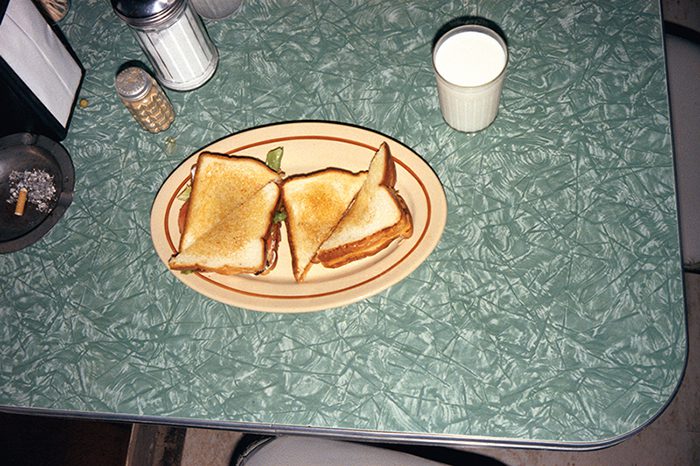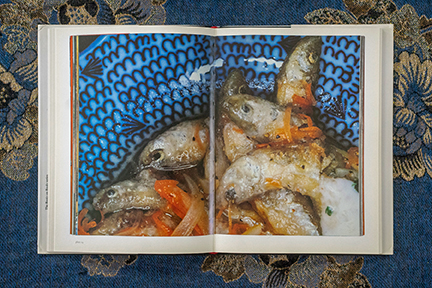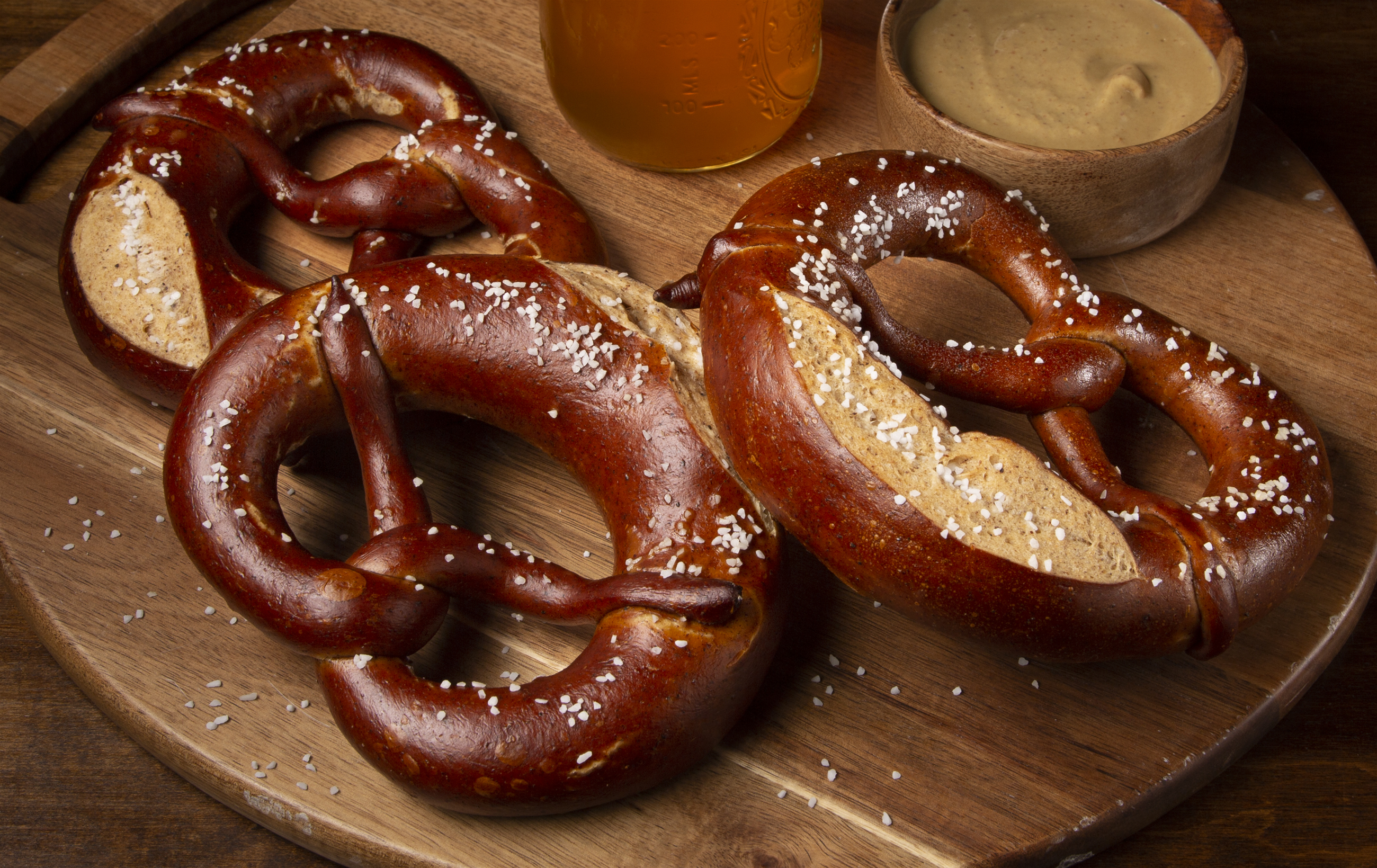The American Diner Food Photography of Stephan Shore
Who was the first living photographer to have a show in color at the Metropolitan Museum of art? Who spent just about every day of his late teenage years chillin’ with Andy Warhol and friends at The Factory? If your guess was anyone besides Stephan Shore, then you are wrong. Considering these two facts about his life it’s no wonder he became one of the most influential photographers of the last century and why his American diner food photography remains so timeless.
American Diner Food Photography, Deceivingly Ordinary
There are two huge contributions Stephan Shore is noted for making to the history of photography. One: the use of color in a fine art gallery setting. And two: blurring the line between banality and the sublime. What the viewer immediately disregards as a normal snapshot is revealed upon closer look to have perfectly executed composition and capture an uncanny moment.
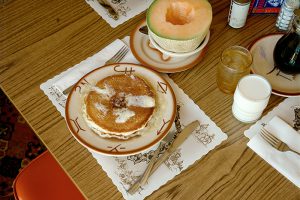
Balancing Backgrounds/Settings
One of Stephan Shore’s most appreciated collections is titled American Surfaces. Although this photobook was published in 2005, the material dates back to road trips from 1972-1973. Let’s take the title quite literally and analyze the colors and textures in the photo above.
When composing backgrounds/settings for photographing any subject, it is good to establish one element as the main element. In the photo above the laminated wood table most certainly does this. The deep orange of the seat and the reddish rug serve as small complements, not so obvious, but creating more interest and movement in the picture. The look of these patterns adds to the authenticity of his American diner food photography and the contraposition of common subject matter with careful execution.
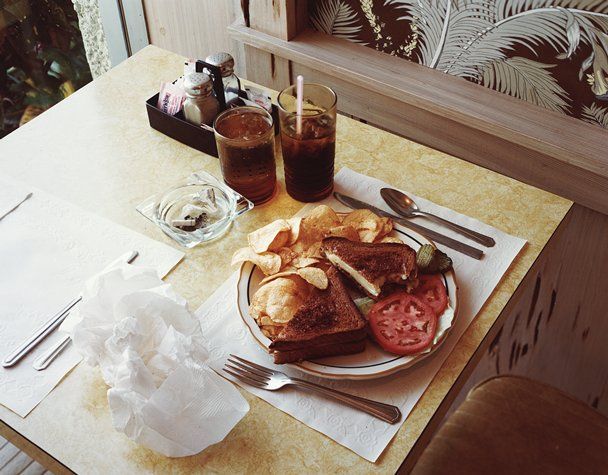
Another example:
Here we have a similar photo with a marbled pale yellow table veneer, velvety brown seat, and a light rose stained wood frame around decorative frond design. These are not textures someone would go out a buy together to use in a shoot, but they are patterns that Stephan Shore saw worthy of taking a photo. This is because they seamlessly blend together in an unexpected way. Sometimes just observing is the best way to brainstorm new ideas.
Also, keep in mind that these photos were shot on a large format camera. This means the fine grain detail of a real life print would further remove it from the realm of simple road trip snapshots.
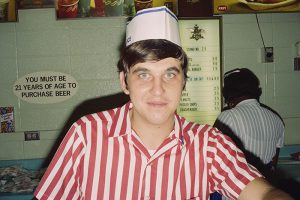
How Can I Create an Authentic American Diner Look?
Granted, you may not photograph the actual food with such brutal honesty as he does (especially if you are shooting for a commercial purposes), the settings of his American diner food photography can inspire yours. Every artist, including food photographers, should research before starting a big project. Some projects may call for lavish painterly still life photos similar to Roger Fenton’s, others simple frankness.
Many children from The United States went on cross-country road trips with their family. They remember things like pale yellow Formica tables or paper placemats with historical facts about Native Americans, local wildlife, and the pioneers. These small and sometimes humble details found in Stephan Shore’s diner photos could be borrowed to add a nostalgic and authentic touch to a related assignment. And remember, anything can work if photographed the right way in the right context.




